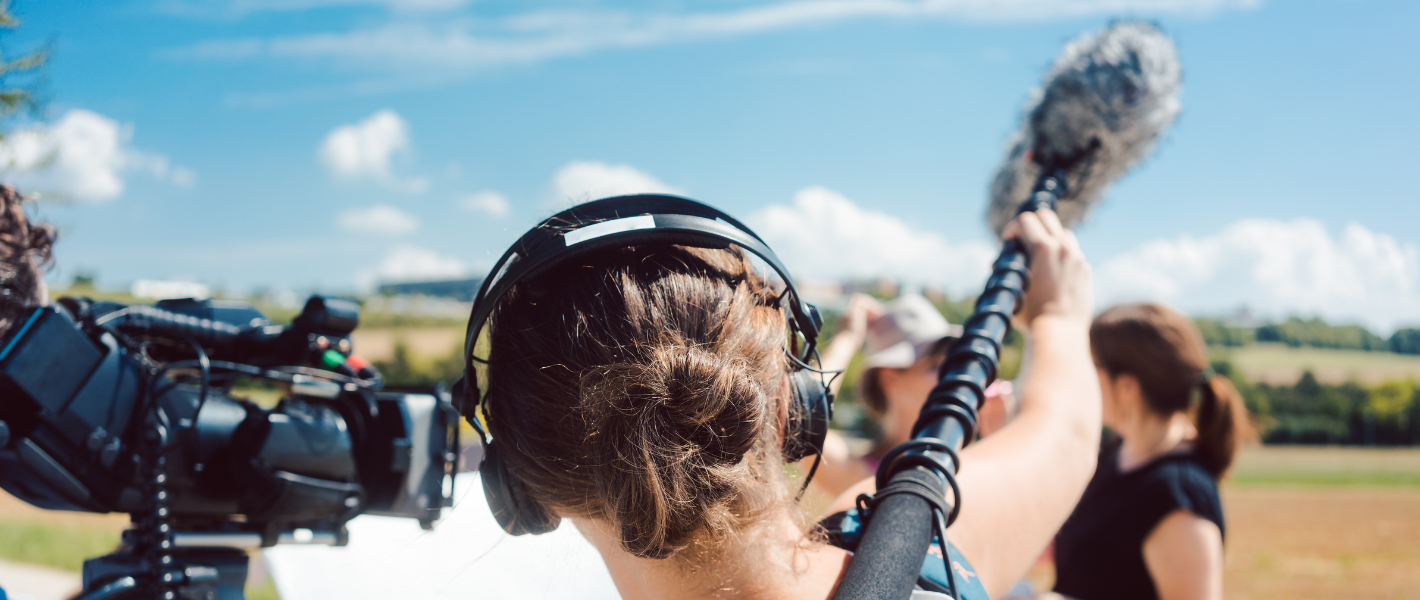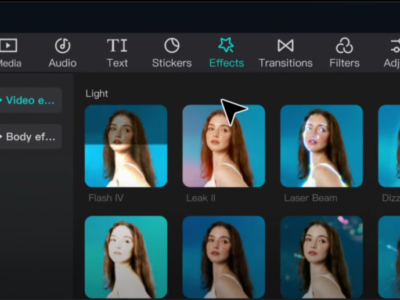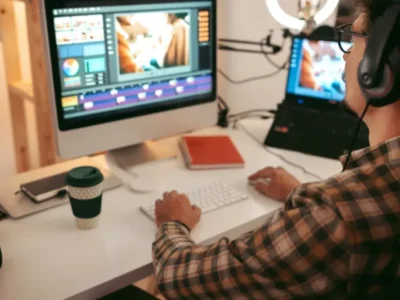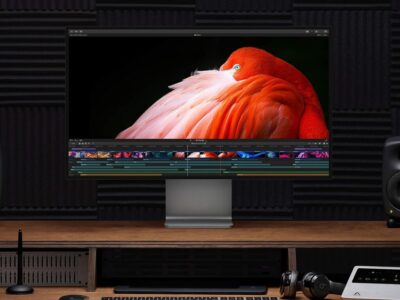Yo, future Spielberg in the making! Welcome to the ultimate guide on acing the audio game in your cinematic ventures. We’re about to drop some knowledge bombs on recording sound for film that’ll make your productions sound as dope as they look. So, grab your boom mic and let’s dive into the sweet symphony of sound for film.

The Importance of Good Audio for Video Creators
Before we dive into the nitty-gritty of cinematic audio techniques, let’s take a moment to understand why top-notch audio is indispensable for any filmmaker:
1. Immersive Storytelling:
Just as visuals set the stage, audio adds depth and dimension to your storytelling. Whether it’s the subtle rustle of leaves, the distant hum of traffic, or the haunting melody of a soundtrack, audio elements transport your audience into the heart of your narrative, creating a truly immersive experience.
2. Emotional Impact:
Sound has the power to evoke powerful emotions and heighten the impact of your story. From the gentle whisper of a breeze to the thunderous roar of an explosion, audio cues can elicit a wide range of emotions, from joy and excitement to fear and suspense.
3. Professionalism:
While stunning visuals may grab attention, poor audio can quickly detract from the overall quality of your production. Clean, clear, and well-crafted audio signals professionalism and attention to detail, enhancing the credibility and impact of your work.
4. Flexibility in Post-Production:
Recording high-quality audio on set provides a solid foundation for post-production editing and enhancement. With clean audio tracks, filmmakers have the flexibility to tweak, adjust, and layer audio elements during the editing process, ensuring a polished and professional end product.
Film Composition Examples
Within this FREE PDF, you will discover:
- film composition examples in movies
- how filmmakers employ composition techniques
- how to create unforgettable cinematic experiences

Tips for Achieving Better Cinematic Audio: Insights from the Pros
Now that we’ve established the importance of good audio, let’s explore four invaluable tips shared by Andrew Jones, a seasoned professional in the field:
1. Embrace the Power of Sound Effects:
Don’t be afraid to leverage sound effects to enhance your audio landscape. Sound effects are a powerful tool for creating a textured, immersive environment for your audience. From ambient noises to Foley effects, sound effects can breathe life into your scenes and elevate the overall cinematic experience.
2. Master Boom Perspective:
Consider the perspective of your audio just as you do with your visuals. Boom perspective, as Andrew explains, involves adjusting the position of your microphone to match the visual character of your shots. By varying the distance and angle of your microphone, you can create a sense of depth and immersion that complements your visuals.

3. Capture Authentic Wild Sound Effects:
Record “wild takes” or on-location sound effects after the scene is wrapped. These recordings capture the authentic sounds of the environment, providing a rich library of natural audio elements to enhance your scenes. From background ambiance to specific sound effects, wild takes add authenticity and depth to your audio tracks.
4. Prioritize Clean Audio Takes:
In the video editing room, clean audio takes are a filmmaker’s best friend. Ensure you capture isolated audio for each actor, free from overlapping dialogue or background noise. This provides flexibility in post-production, allowing you to adjust pacing, eliminate unwanted noise, and seamlessly cut between shots.
Recording Sound for Film: Conclusion
Congratulations! You’ve now unlocked the secrets to how to record film audio like a pro. As you embark on your filmmaking journey, remember that great audio isn’t just a technical necessity; it’s a storytelling superpower. Embrace the tips, experiment with different techniques, and let your audio enhance the magic of your visuals. With dedication, practice, and a keen ear, you’ll soon be creating cinematic masterpieces that captivate audiences around the world.
Film Composition Examples
Within this FREE PDF, you will discover:
- film composition examples in movies
- how filmmakers employ composition techniques
- how to create unforgettable cinematic experiences

Explore related content

Video Editing Tips CapCut: Tips, Tricks, and Techniques
Video editing is an art, and there are proper tools and techniques, through them everybody… Read More »Video Editing Tips CapCut: Tips, Tricks, and Techniques

Factors to Consider Before Buying a Video Editing Computer
From helping grow your brand and business to editing just for fun with the love… Read More »Factors to Consider Before Buying a Video Editing Computer

Best Video Editing Monitors in 2024
In the evolving world of video production, the importance of a high-quality monitor cannot be… Read More »Best Video Editing Monitors in 2024